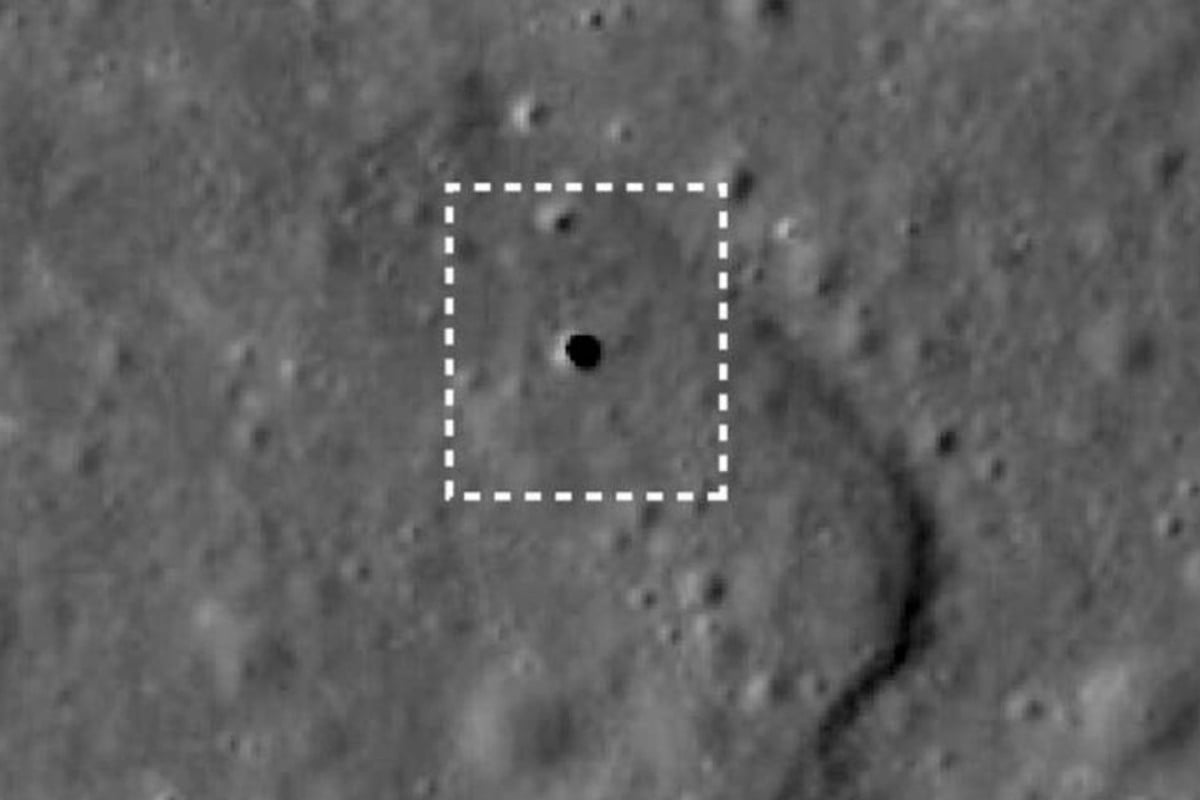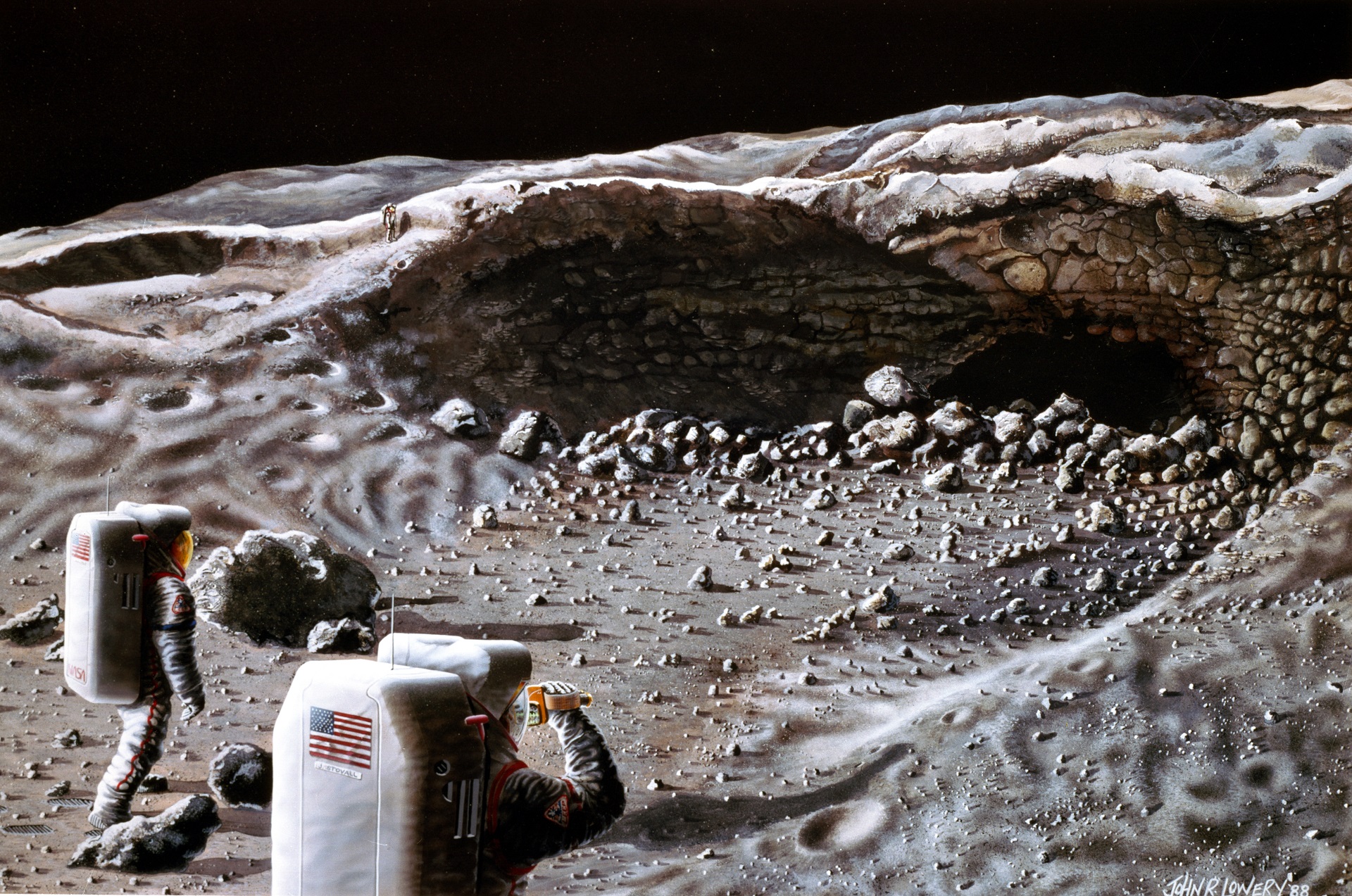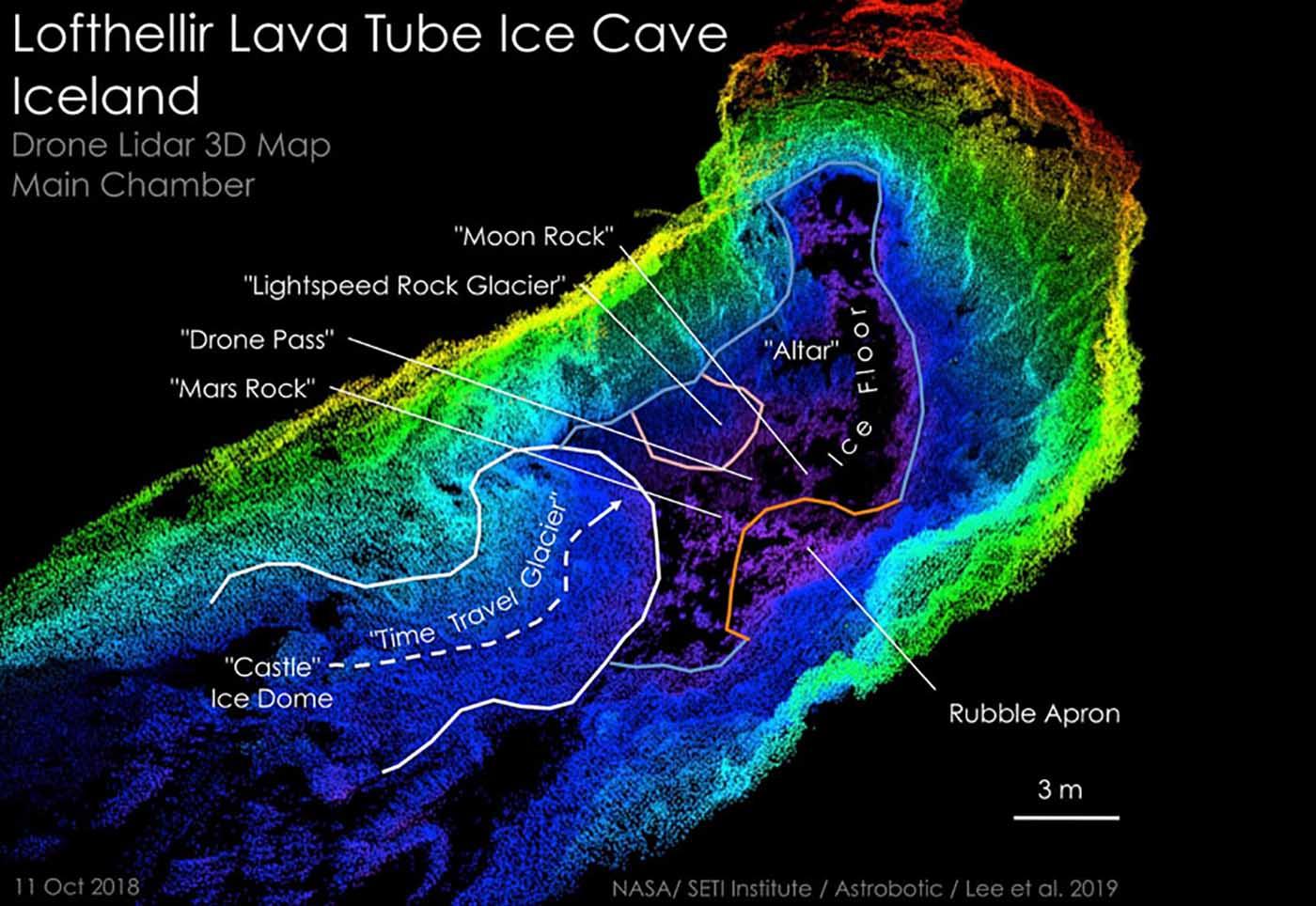Lunar Caves

Lunar caves are natural subterranean structures found on the Moon. They are formed by the collapse of ancient lava tubes or by the erosion of weak rock layers by flowing water. Lunar caves are often large, with some known to be over 1 kilometer in length and several hundred meters in height.
The first lunar caves were discovered by the Apollo astronauts in the 1960s. Since then, several other lunar caves have been identified by spacecraft orbiting the Moon. However, no human has yet explored a lunar cave.
Lunar caves are of great scientific interest because they could provide a unique environment for life. The caves are protected from the harsh radiation and temperature extremes of the lunar surface, and they may contain water ice or other resources that could be used by future human explorers.
Geological Formation of Lunar Caves, Nasa moon caves
Lunar caves are formed by a variety of geological processes, including:
- The collapse of lava tubes
- The erosion of weak rock layers by flowing water
- The sublimation of ice
Lava tubes are formed when lava flows through a channel in the ground. When the lava cools and hardens, it forms a roof over the channel, creating a lava tube. If the roof of a lava tube collapses, it can create a lunar cave.
Weak rock layers can be eroded by flowing water, creating caves. This process is similar to the way that caves are formed on Earth.
Ice can also form caves on the Moon. When ice sublimates, it turns directly from a solid to a gas, leaving behind a void. This void can create a cave.
History of Human Exploration of Lunar Caves
The first lunar caves were discovered by the Apollo astronauts in the 1960s. The Apollo 15 astronauts explored a small cave called Hadley Rille, and the Apollo 17 astronauts explored a larger cave called the Taurus-Littrow Valley.
Since the Apollo missions, several other lunar caves have been identified by spacecraft orbiting the Moon. However, no human has yet explored a lunar cave.
Potential Scientific Significance of Lunar Caves
Lunar caves are of great scientific interest because they could provide a unique environment for life. The caves are protected from the harsh radiation and temperature extremes of the lunar surface, and they may contain water ice or other resources that could be used by future human explorers.
In addition, lunar caves could provide a unique opportunity to study the geological history of the Moon. The caves could contain rocks and minerals that are not found on the surface of the Moon, and they could provide a record of past volcanic and tectonic activity.
Potential Uses of Lunar Caves: Nasa Moon Caves

Nasa moon caves – Lunar caves offer intriguing prospects for future human exploration and scientific endeavors. Their unique characteristics present potential applications in various domains, including habitat development, scientific research, resource extraction, and educational outreach.
Habitats for Future Human Missions
Lunar caves provide a natural shelter from harsh lunar conditions, offering protection from radiation, extreme temperatures, and micrometeoroid impacts. Their stable internal environment makes them ideal candidates for establishing sustainable human habitats on the Moon. Caves can be modified and adapted to accommodate living quarters, research facilities, and storage areas, providing a safe and comfortable base for astronauts during extended missions.
Challenges and Opportunities in Lunar Cave Exploration

Lunar cave exploration presents both significant challenges and exciting opportunities for scientific discovery and innovation.
Technological Challenges
Exploring lunar caves poses several technological challenges, including:
– Limited access to sunlight: Caves are dark environments, requiring specialized lighting systems and power sources to navigate and explore.
– Extreme temperatures: Lunar caves can experience extreme temperature variations, ranging from freezing cold to boiling hot, necessitating protective suits and temperature control systems.
– Difficult terrain: Lunar caves often have rugged and uneven terrain, making navigation and sample collection difficult.
– Communication challenges: The thick lunar regolith can interfere with radio communications, requiring specialized communication systems for cave exploration.
Potential Risks and Hazards
Lunar cave exploration also involves potential risks and hazards, such as:
– Radiation exposure: Lunar caves can contain high levels of radiation, requiring protective measures for astronauts.
– Cave-ins and rockfalls: Caves can be unstable, posing a risk of collapse or rockfalls during exploration.
– Biological hazards: Lunar caves may harbor unknown microorganisms, requiring precautions to prevent contamination.
– Equipment failure: The harsh lunar environment can cause equipment malfunctions, potentially jeopardizing exploration missions.
Opportunities for Scientific Discovery and Innovation
Despite the challenges, lunar cave exploration offers immense opportunities for scientific discovery and innovation, including:
– Understanding lunar geology: Caves provide unique insights into the geological history and composition of the Moon.
– Discovering new resources: Caves may contain valuable resources, such as water ice or minerals, essential for future lunar exploration and habitation.
– Astrobiology: Caves offer potential habitats for microbial life, providing insights into the possibility of life beyond Earth.
– Technological advancements: Cave exploration drives the development of new technologies and instruments, benefiting future space exploration missions.
The recent discovery of moon caves by NASA has reignited interest in the possibility of human habitation on the moon. The caves, which are located near the lunar poles, are thought to be large enough to accommodate entire cities. This has led to speculation that they could be used as a base for future missions to the moon.
Some experts believe that the caves could also be used to store water and other resources, which would make them invaluable for long-term human habitation. While the caves are still being explored, their discovery has raised the possibility that humans could one day live on the moon, just as they have on Earth.
The potential implications of this discovery are vast, and it is sure to be a major topic of discussion in the years to come. Glenn Youngkin , the newly elected governor of Virginia, has been a vocal supporter of space exploration, and he is likely to play a key role in shaping the future of NASA’s moon exploration program.
The enigmatic lunar caverns discovered by NASA have sparked intrigue and speculation. While their existence raises questions about the moon’s past and potential for future exploration, they also bring to mind the enigmatic figure of Glenn Youngkin. Youngkin’s religious beliefs, explored in depth at this link , shed light on his worldview and may influence his approach to scientific endeavors like the exploration of these lunar caves.
The intersection of science and spirituality offers a tantalizing glimpse into the complexities of human nature, as we navigate the uncharted territories of both the cosmos and our own beliefs.